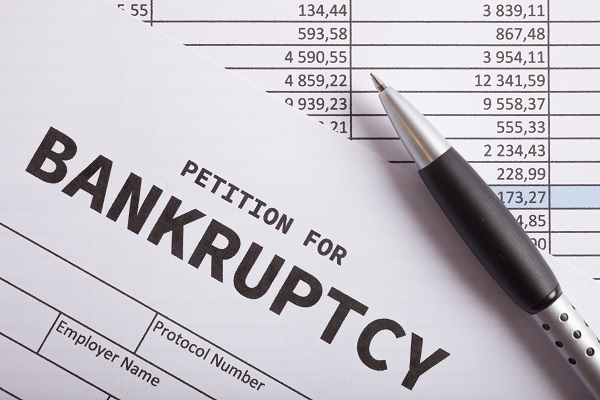
When a commercial lessee files for bankruptcy and ceases to make rental payments, the landlord should understand the ramifications of the tenant’s legal status. The landlord and tenant’s rights and obligations in a bankruptcy are governed by the Bankruptcy Code (Code). The debtor who meets all criteria is entitled to the protections afforded by the automatic stay of the Code. Specifically, the landlord of the debtor/tenant is prohibited from collecting unpaid rent or initiating eviction proceedings to repossess the premises. The landlord may undertake actions such as these only after he has been granted relief from stay by the bankruptcy court.
When determining whether the Code provisions apply, the commercial landlord must first determine whether the lease was in effect when the debtor filed for bankruptcy. Any lease that expires on its own terms or was terminated before the tenant filed for bankruptcy is not a part of the bankruptcy estate. Thus, the tenant would have no rights in a lease that was annulled prior to declaring bankruptcy.
For leases that did not expire or were not terminated before the declaration of bankruptcy, Section 365 of the Code addresses the status of the debtor’s lease. According to the section, the bankrupt lessee has the right to either (i) assume, (ii) assume and transfer, or (iii) reject a lease for real property that has not expired. If the debtor does not assume the lease within the specified time, then the lease is treated as rejected. An extension of the specified period may be granted if the debtor can show cause for the request. Such extensions may put the landlord at a disadvantage since he will have to wait longer to ascertain the outcome of the lease.
A debtor who opts to reject the lease must relinquish the property immediately to the landlord. Failure to surrender the premises requires the landlord to appeal to the bankruptcy court in order to take any action. After the rejection of the lease, the landlord may be permitted to file a claim in bankruptcy court to recover a portion of the tenant’s outstanding obligations. Alternatively, if the debtor chooses to assume the lease, he must meet several criteria including: curing the default under the lease, paying expenses or providing assurances that the landlord will be compensated for loss incurred from the default, and providing assurances of performance of the lease going forward.
Contact Shane Coons at 949-333-0900 or visit his website at www.ShaneCoonsLaw.com to find out more about his practice.
